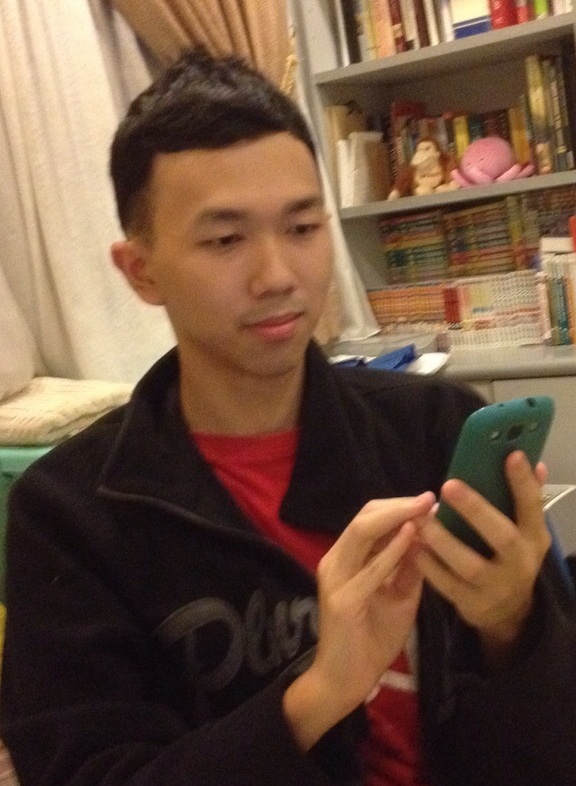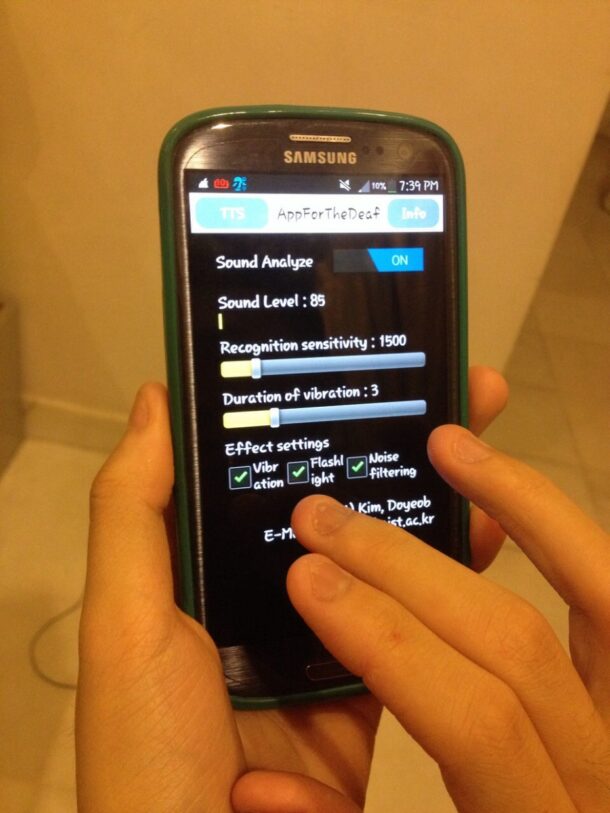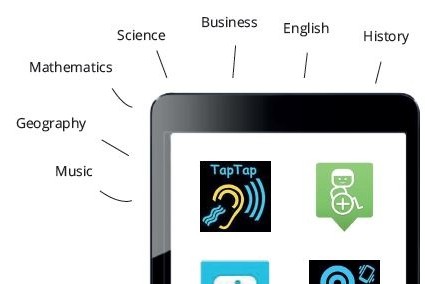By NAVEENA JAMES
alltherage@thestar.com.my
THROUGHOUT her secondary school years, Anis Nabilah, who is visually-impaired, relied on Braille textbooks and her classmates to get by in her studies. But she knew university would be tougher.
She knew there would be a lot of online research, PowerPoint presentations and lecture notes on PowerPoint – a huge problem for her as she couldn’t read off a computer screen.
All she had was a basic cellphone with a buggy screen-reading app, and six months of computer skills classes which delayed the start of her tertiary education.
“Then I got a smartphone which supported an app called TalkBack, which was a lifesaver. I could finally learn on my own,” said Anis, who is now in the third year of a degree in Malay Studies at Universiti Malaya.
TalkBack is one of many new Assistive Technology (AT) apps, which are helping people with disabilities face the unique challenges of tertiary education.
The term “Assistive Technology” refers to any device or service that helps people with disabilities complete day-to-day tasks. In the past, this often meant wheelchairs, hearing aids and prosthetics, but now, it includes apps and computer programmes.
For Ashley Wong Shin Yee, 20, who is visually impaired, AT is all she needs to be an independent learner.
Wong lost her sight as a baby after being exposed to too much oxygen in her incubator. As a child, she wasn’t keen to study as she assumed it would be too difficult.
“If it weren’t for my mum’s persistence in teaching me, I think I would be illiterate now,” she joked.

Wong Jia Yaw, 20, uses his smartphone to access apps like Deaf & Hearing Impaired that vibrates and flickers when there is loud noise. Wong thinks this is especially useful during an emergency.
Wong learnt how to read Braille when she was six, but since starting her foundation in Arts & Education at the University of Nottingham Malaysia Campus (UNMC), she has changed her learning methods to rely completely on her auditory skills.
“Braille is time-consuming so I would rather listen to texts than read them in Braille,” she said.
Wong uses apps like VoiceOver and Dictation on her iPhone, and TalkBack on her sister’s Android phone, to help with uni work and daily life. These apps read out everything from text messages to websites. It even describes emoticons!
On her laptop, she uses JAWS, short for Job Access with Speech, which is a computer screen reader that helps visually impaired people use laptops and computers with ease.
“It was difficult at first to completely rely on a screen reader to format assignments, use PowerPoint slides and even type, but it got easier over time,” she said.
Azree Feekree Zamzuri, 19, a visually impaired STPM student from SMK St. John, agrees that practice makes perfect as his screen reader is now his go-to app to complete all his work.
Before AT apps came along, things were tough for Azree as there weren’t enough textbooks in Braille, but he was fortunate to have teachers who would prepare notes for him in Braille.
“With screen readers like VoiceOver, I can now search for and read notes online as well as submit my assignments through email, all on my own. Before they came along, I always had to rely on someone else,” he said.
Anis uses all the same apps as well as Open Book, a software that converts printed documents or graphic-based text into an electronic text format.
“Without it, I can’t access books that aren’t online or in Braille, which is a huge disadvantage because it limits my learning resources,” she said.
AT is also important for these students as it allows them to contribute to group assignments, which are obviously a huge part of higher education. Things we take for granted, such as helping with research or preparing presentation slides, are now made easier for students with disabilities.
“Working with Ashley is just like working with any other student. Sometimes, she coordinates our work or even leads the entire project,” said Lee Ying Wei, 19, one of Wong’s coursemates.
On the other hand, students who are hearing-impaired have a different set of ATs that help with their studies, such as the “induction loops” installed at UNMC’s lecture halls.
“Induction loops interact with students’ hearing aids, allowing them to listen to lectures directly, with maximum clarity,” explained UNMC disability officer Hooi Ching Ling, 31.
For hearing-impaired students, hearing aids are still a large part of their lives. Aghilan Narayanan, 24, has partial hearing impairment and recently graduated from University Teknologi Petronas with a degree in Electrical and Electronic Engineering.
“With my hearing aids, I could listen to lectures clearly, so I had no issues keeping up with lectures while looking through the PowerPoint slides provided,” he said.
There have been significant advances with hearing aids, too. Aghilan hopes to get Bluetooth-enabled ones, which allow users to stream audio directly from their laptops.
Even though Aghilan relied largely on his hearing aid in university, there’s one app in particular he’d recommend to other hearing-impaired students.
“The Deaf and Hearing Impaired app has a built-in speech-to-text feature which you can use during lectures or practical sessions,” he said.
The app also has another special feature which alerts a person by causing the phone to vibrate and flicker when there is a loud noise in the vicinity.
“If a student is sleeping alone in the dorm, this can be really helpful if a fire alarm starts blaring,” he added.
For wheelchair-bound students like Saravanakumar Balachandran, 24, who is currently completing his degree in Mechanical Engineering at Uniten, assignments and lessons are fine – it’s mobility that he has to constantly think about.
Saravanakumar lost both his legs to an accident last year, and has been using AT to adapt.
Besides using a wheelchair to get around campus, he drives to university in an AT-modified car, which has hand controls for the braking and accelerating. “It’s very easy to handle, so I don’t have to depend on others to get around,” he said.
Apps like WheelMate and Wheelmap help him find public places that are wheelchair accessible.
“If I need to go to a library or want to do my internship at a local company, I can check if it is wheelchair-accessible on a virtual map or ask other people by messaging them through this app,” he said.
Even though adapting to a new reality has been challenging for Saravanakumar, he thinks AT will help him lead an independent life.
“I was expecting a lot of struggles with my disability when I returned to university after my accident. But thanks to AT, I can lead a normal life and compete with other students at the same level,” he said.

There are many apps that help people with disabilities, like Deaf & Hearing Impaired, which converts speech to text and makes it easier for hearing impaired students to follow lectures.


Leave a reply